17. Raw (2016, directed by Julia Ducournau)
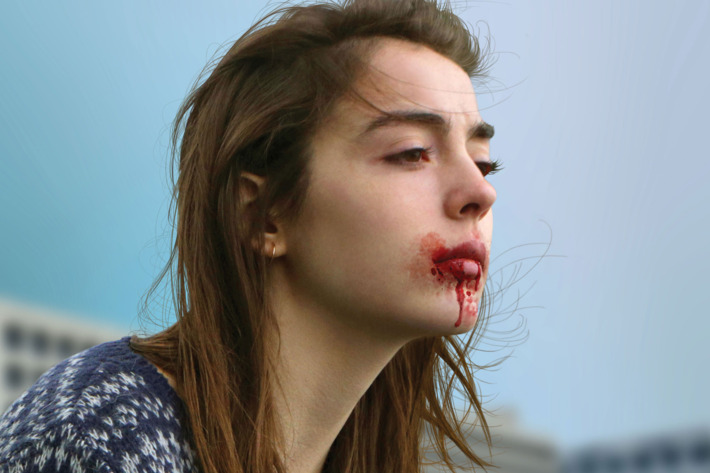
Rolling Stone’s Peter Travers has suggested that writer-director Julia Ducournau’s first feature film Raw is “a contender for best horror movie of the decade” and who am I to disagree? Raw is a near-flawless, wholly competent, and never less than riveting genre detour of taboo-smashing originality. Body-horror hasn’t been this elegantly engaging and upsetting since David Cronenberg’s heyday, and Ducourno’s symbolically lavish, freakishly erotic, female-perspective is a warm embrace.
Justine (Garance Marillier, superb) is a strict vegetarian who has joined her older sister Alexia (Ella Rumpf) at a prestigious veterinary school. The elegant and somewhat unconventional presentation of the campus setting combined female leads, odd inexplicable occurrence and Brit composer Jim Williams’ at times overwhelming score, suggests a pedigree similar to the Dario Argento classic Suspiria (1977), which to my mind merely suggests that Ducournau is motivated by the genre’s very best.
Desperate to fit in amongst her peers and to appease her parents, Justine finds herself betraying her beliefs to participate in a hazing ritual involving eating raw meat, but the unforeseen consequences as Justine’s true, cannibalistic self emerges is some off-the-rails nightmare material.
Immersive, unrelenting, and impossible to predict, Raw is, despite its thunderous rain of blood, a seductively expressive and involving story of adolescence and anxiety proving that the horror/coming-of-age combo can be both carnal, compelling, and oh yeah, utterly unforgettable.
16. Good Time (2017, directed by Benny Safdie and Josh Safdie)
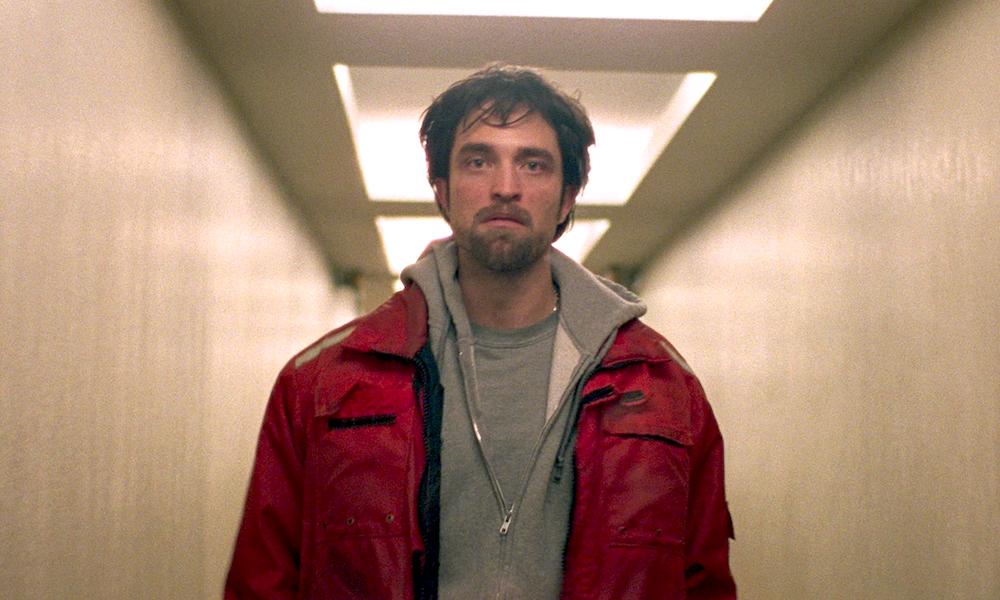
Constantine “Connie” Nikas (Robert Pattinson) and his developmentally disabled younger brother, Nick (Benny Safdie) are running-on-ice at breakneck speed, a frenzied pair of expeditious society’s free agents. Good Times is a lit fuse of confused white privilege in a subterrane underworld of everything-gone-from-bad-to-worse vivacity. A knotty New York-set crime story, this is the latest bravura showpiece in the sticky, sophisticated, socially impaired cinema of brothers Josh and Benny Safdie (Daddy Longlegs [2009]).
The maladjusted misadventures of Connie and Nick over one wild night, related at a relentless clip to the heady and propulsive Tangerine Dream-inspired electronic score by Oneohtrix Point Never, amounts to something akin to a convergence of Martin Scorsese’s After Hours (1985) and Mike Leigh’s Naked (1993), yet it remains it’s own altered beast.
A film that feels like it is in freefall, Ben Safdie (director, co-star) and Josh Safdie (director, co-writer, co-editor) jangle documentary-style realism together with instinctive genre film expressionism.
Good Time is an expansive (though still indebted to John Cassavetes) anomaly. Working once more with their preferred cinematographer Sean Price Williams, the film is ingeniously lit in black light, strobes, mercury vapors, fluorescent greens, and whatever available light allows.
Largely shot in close-ups, handheld, and with genuine grit, the glossy realism is terribly hard to resist. There’s so much on-screen charisma and calamity that it’s at times perhaps all too much. An amphetamine-infused cocktail served up in a postmodern Joycean Mason jar that’s mischievously daring you to take a drink, Good Time will leave you delirious in the best possible way.
15. Blue Ruin (2014, directed by Jeremy Saulnier)
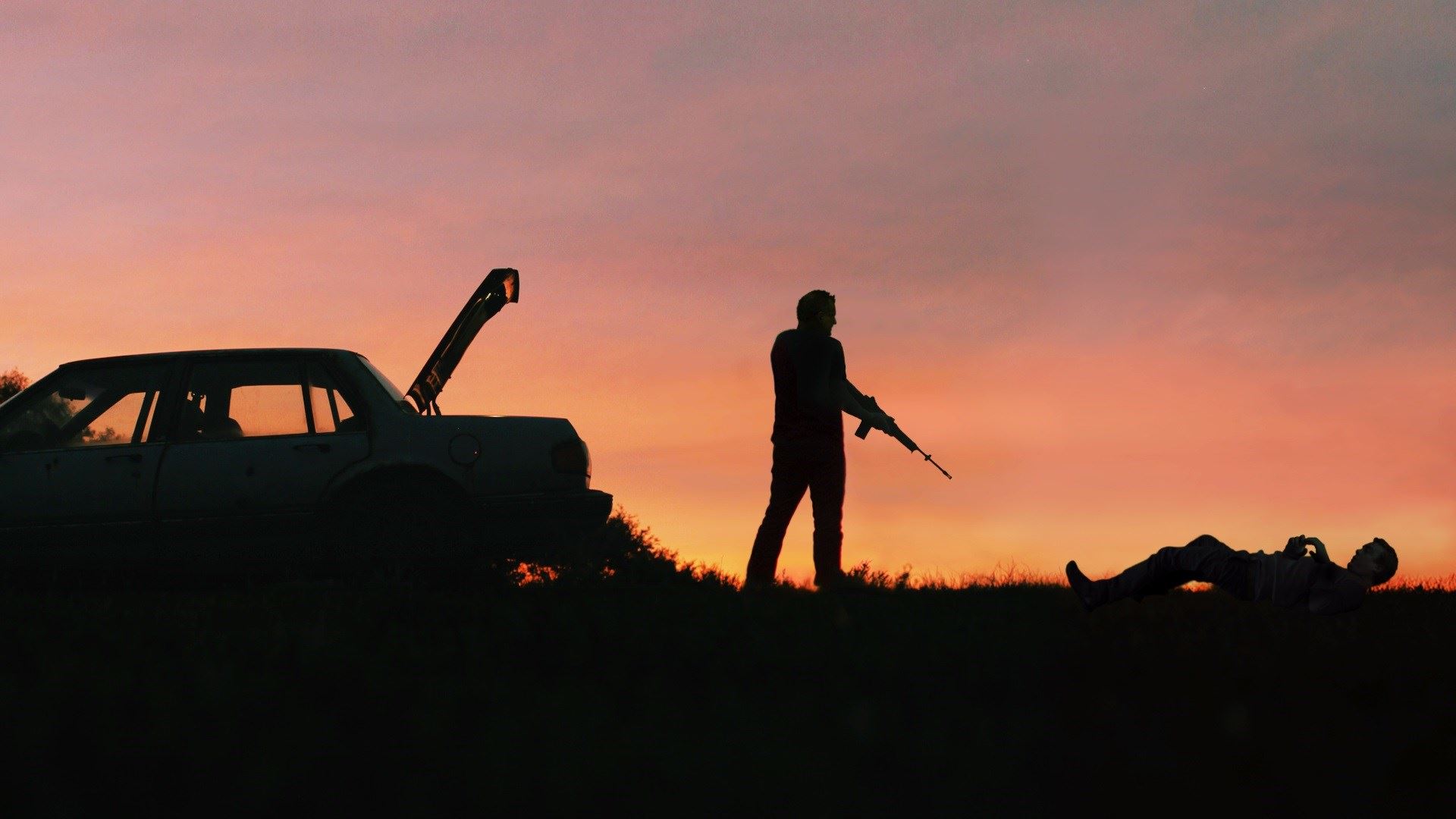
Blue Ruin, Jeremy Saulnier’s second film, made one hell of a splash in the indie cinema swimming pool, indicating that a new and insistent filmmaker had startlingly broke the surface, with a serrated blade held between his teeth.
Succeeding into full-on auteur as writer/director/cinematographer of this instantly engrossing shocker, Blue Ruin stars Macon Blair (a longtime friend and collaborator of Saulnier’s, who’s appeared in all of his films to date) as Dwight Evans. Near homeless and wracked with anxiety, Dwight lives in his rusted-out, beaten-up old blue Pontiac Bonneville –– the literal “blue ruin” of the title –– making him instantly endearing and strangely sympathetic. Very soon a string of ill omens and bad news sends Dwight to his old haunts to revenge the deaths of his parents years ago.
Dwight’s tit for tat bloodbath doesn’t play out as you’d expect it to, and amidst the unforeseeable outcomes and dramaturgy Saulnier shows us a post-9/11 rural America that’s obsessed with guns, disintegrating values, diminishing dreams, and all sorts of blood and thunder. As a dark hymn to family, pained poetry, frustrated fury and fractured grace, Blue Ruin is an indistinct treasure.
Up next for Saulnier is Hold the Dark (2018), adapted from the 2014 William Giraldi novel, and scripted by Blair, it’s an Alaskan-set thriller about a man (Jeffrey Wright) tracking a six-year-old boy who may have been taken by wolves. It’s sure to be one of the year’s most harrowing sensory experiences.
14. Whiplash (2014, directed by Damien Chazelle)
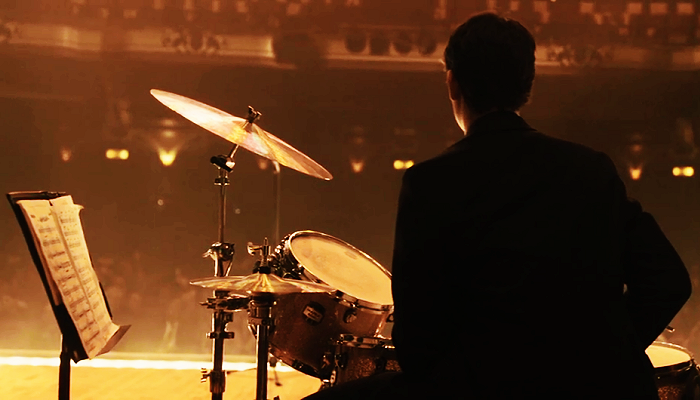
While 2016’s rhapsodic musical La La Land landed Damien Chazelle an Oscar for Best Director, it may well be that 2014’s Whiplash is the one that will resonate longer and stronger with fans of this astonishing and relatively new American director.
An emotional thriller shrewdly covered as a jazz opera, Whiplash offers some of the biggest kicks and starts to roll out in a mainstream movie house in some time. A courageous confessional, of sorts (Chazelle was a dedicated jazz drummer as a teen) this film finds the seemingly innocuous practice studio as a terrifying theater of war.
Set in an esteemed east coast music conservatory, Andrew Nyman (Miles Teller) is a high-reaching and determined jazz drummer who wants to be nonpareil. Enter the merciless teacher, Terence Fletcher (J.K. Simmons ), whose modus operandi of strong-arming his students is both dubious and disgraceful.
Fletcher’s frequent humiliation, his verbal and physical intimidation (he regularly lobs furniture at his students), even though it seems to get results, is as culpable as it is monstrous, and when Andrew becomes his star pupil, the shit gets real.
Chazelle has dreamt up frenzied, dizzying sequences where Andrew’s pursuit of perfection, seated at the drum kit, alternately grabs the audience by the throat or throws them for a loop.
For all its variations, tongue-lashings, and intensity, Whiplash requires recovery time, as its pains will persist for quite a stretch afterwards, but it’s well worth the survivor’s guilt.
13. Toni Erdmann (2016, directed by Maren Ade)
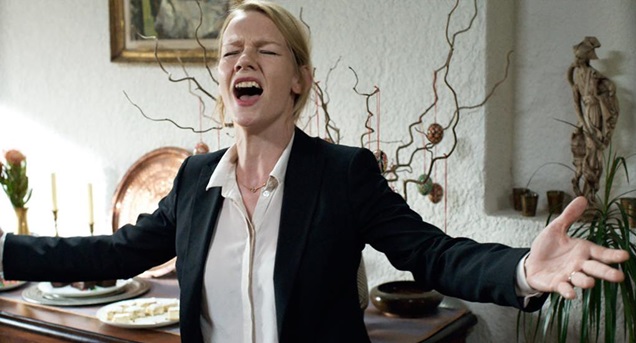
Wow. Pathos and playfulness make for admirable bedfellows in German writer/director Maren Ade’s sprightly pièce de résistance, Toni Erdmann.
Estranged father Winfried Conradi (Peter Simonischek) is an aging bohemian with penchant for elaborate practical jokes. Winfried, also a divorcé and retired music teacher, is greatly distressed following the death of his little dog, Willi, and decides to make a surprise visit to Bucharest to see his daughter, Ines (Sandra Hüller), a reluctant workaholic corporate hot shot.
Winfried, donning a cheap disguise consisting of a bad wig and false teeth creates the ambitious persona: ‘Toni Erdmann’, life coach. Will his spontaneous visit bring a holy mess to his daughter’s distracted world? You betcha.
Toni Erdmann has a lot on its mind, and Ade is a director of great intelligence, and one well versed in abrupt instants of audience blindsiding and many modes of humor from gross-out gags (there’s one here that would make the Farrelly brothers blush) to surrealist circumvention (Luis Buñuel would’ve loved this film).
A dazzling comedy of modern life’s illogicality, a bold feminist statement, a touching family drama, and more, Toni Erdmann is proportionately disarming and charming and one the most ambitious films thus far this century. Wow.
12. It Follows (2014, directed by David Robert Mitchell)
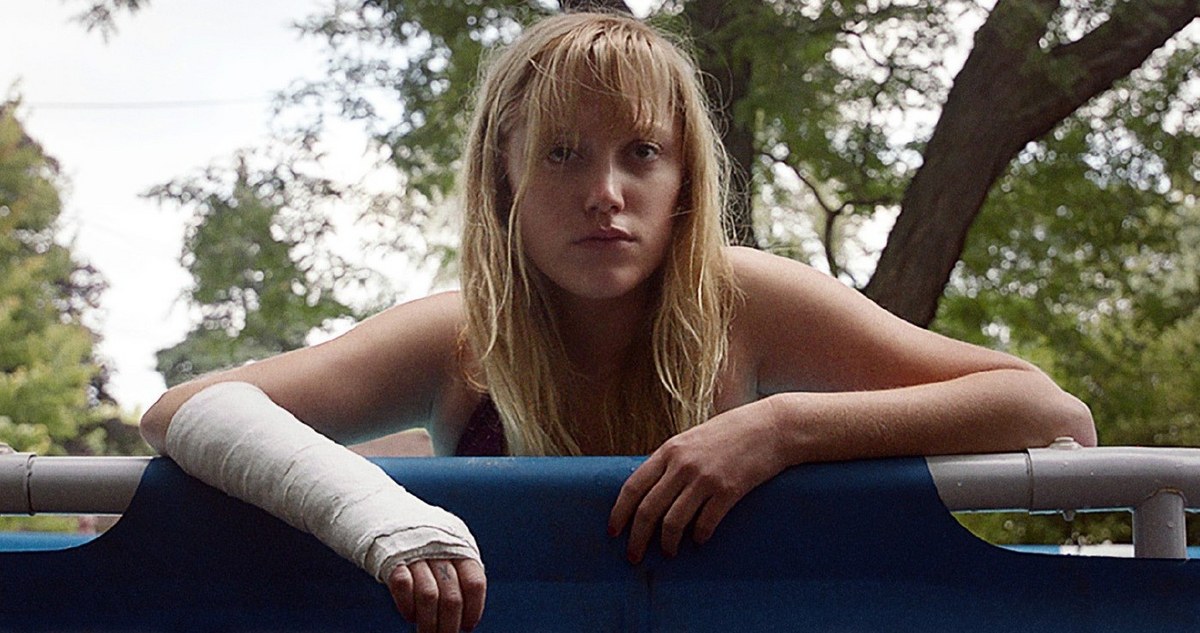
“Creepy, suspenseful and sustained,” writes The Hollywood Reporter’s David Rooney, “[It Follows] plays knowingly with genre tropes and yet never winks at the audience, giving it a refreshing face-value earnestness that makes it all the more gripping.”
Remember the name David Robert Mitchell. His 2014 old school horror film, It Follows, is a keenly observed, expertly lensed, micro-budgeted miracle steeped in atmosphere –– with a genius John Carpenter/Goblin-inspired soundtrack from Disasterpeace –– that had genre fans shrieking in delight, when not cowering in fear, of course. Deliberately pastiching ‘70’s and ‘80’s slasher films where teens are routinely punished for being sexually active, It Follows slyly works in alternate allusions and textures to these tropes, with a feminist slant and De Palma-esque flourish to spare.
With a breakout performance by Maika Monroe as Jay our ill-starred heroine battling a sexually transmitted curse that shape-shifts into some of the creepiest ghouls going. This is the film that rescued indie horror from torture porn and proved that modern horror can be a compendium of what’s gone on before and still be transcendent, terrifying, and teeming with interpretations.
Sensitive to the nicety and nuance of teenage affections, astutely aware of what diehard horror fans want (subversion and reinvention abounds!), It Follows announces the arrival of a new suspense master in Mitchell (his next film, Under the Silver Lake, should be in cinemas before the end of 2018) and presents us with his first small-scale chef d’oeuvre. Mesmeric, and elegantly otherworldly, It Follows fools with the mind, where it whirls and pirouettes like a semi-dark idol.
11. Eternal Sunshine of the Spotless Mind (2004, directed by Michel Gondry)
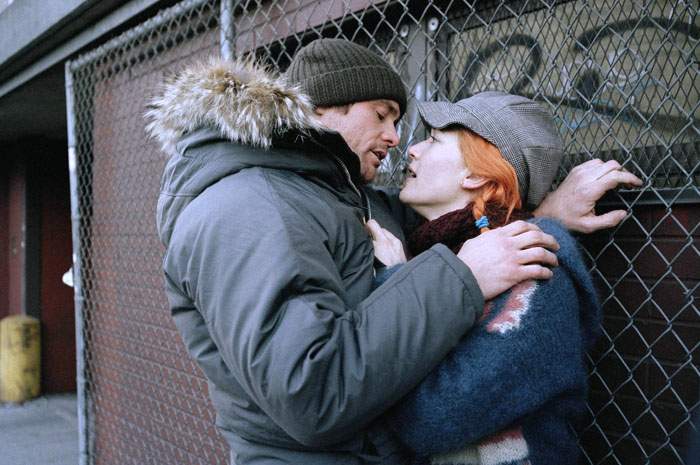
Certainly director Michel Gondry’s finest film to date (I say with regret and reservation that he’s yet to live up to all the wonder that’s promised in this moving, and imaginative motion picture), and one of screenwriter Charlie Kaufman’s most inspired – with nods to Philip K. Dick – the poetically titled Eternal Sunshine of the Spotless Mind is an emotionally devastating dissection of an abandoned love affair.
A couple on the outs, Joel (Jim Carrey) and Clementine (Kate Winslet) opt to undergo an extreme procedure to erase one another from their memories after their relationship has hit the proverbial rocks. Via the mechanism of loss they discover the fragile love they shared and the heart-spurned anguish that follows is gracefully pronounced and wonderfully articulated.
With far-reaching repercussions and sincere sadness, this film is an intricate, and intimate meta-anti-valentine that’s a intricate, and intimate laudation to lost love. Wonderful stuff.
10. Memories of Murder (2003, directed by Bong Joon-ho)
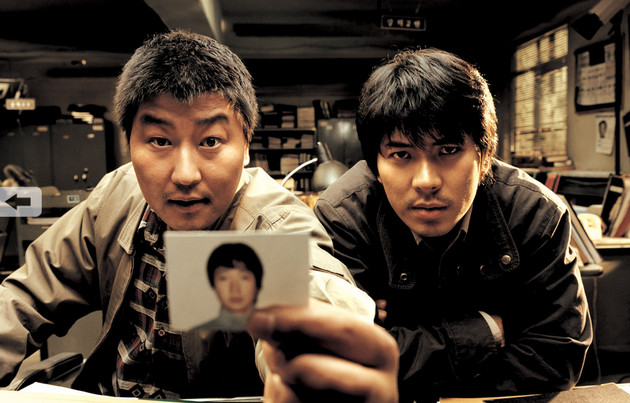
Bong Joon-ho (Snowpiercer, Okja) rose to international fame, as did his lead actor Song Kang-ho, in this startling South Korean thriller that, terrifyingly, is based off of actual events. Memories of Murder begins in the autumn of 1986 when a woman’s body is discovered in a field outside of Hwaseong, a city fringed by bucolic fields and farmland. Local detective Park Doo-man (Kang-ho) is out of his depth with the brutal crime – soon to be the first of several – and his bungling, ill-equipped team are soon bolstered by Detective Seo Tae-yoon (Kim Sang-kyung) from the mean streets of Seoul.
The film, a favorite of many auteur-adoring critics and filmmakers alike, including Quentin Tarantino, is wonderful and wise mixture of police procedural, detective film, black comedy, and social satire.
It’s an elusive, at times frustrating film (shades of David Fincher’s Zodiac [2007] abound) – the real-life crimes and those in the film never get satisfactorily solved – Memories of Murder is one of the freshest and most formal serial killer films around, with enough surprises and shocks to keep viewers riveted and rattled until its final polished frame.
9. The Love Witch (2016, directed by Anna Biller)
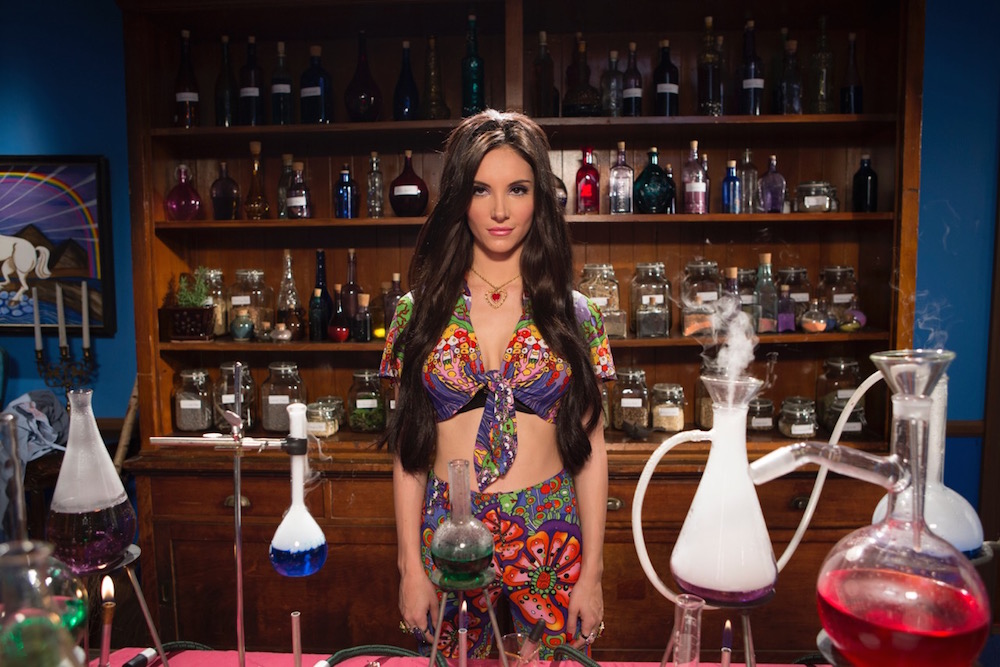
“I’m the Love Witch, I’m your ultimate fantasy!” coos Elaine (wonderfully played by Samantha Robinson), the titular antiheroine of Anna Biller’s delightfully macabre movie from 2016. Only her second film after 2007’s Viva (a third in the works, rumored to be an adaptation of Bluebeard, seems custom fit for Biller’s distinct sensibilities), but she’s also made a wealth of wonderful 16mm shorts, this Los Angeles-based firebrand filmmaker excels in strange, vintage sensations that almost feel like they’re from another era altogether, even though her work remains bracingly modernistic.
The Love Witch is a stunning to view, thrilling to ponder, throwback to the bygone Technicolor melodramas of old. Elaine is beautiful, but bloodthirsty, and entirely determined to find the man of her dreams. Casting spells and brewing strange potions to manipulate the men around her, she will find her ideal muse, even if she has to murder to do it.
Biller’s inspired and kaleidoscopic set design, sumptuous costumes, and deliberately superannuated aesthetic, combined with an excellently effective soundtrack and kitschy ornamentation makes The Love Witch ineffable entertainment that’s also utterly ravishing. Whatever Biller cooks up next, rest assured, she has our undivided attention.